
The impact of emerging technologies on the world of 3D art cannot be overstated. Besides the aid of a good render farm and good optimization practices, a true tech renaissance in the field is empowering artists to work faster, smarter, and more creatively. Both AI-based and more traditional technologies are making huge strides.On the AI front, we are seeing extremely sophisticated neural networks that can analyze photos or text prompts and generate 3D models, textures, animations and other assets with increasing realism. This is massively amplifying the productivity of 3D artists.In parallel, more traditional tools in areas like VR/AR, motion capture, real-time rendering and material libraries are also evolving rapidly. Together, these AI and non-AI toolsets are transforming what is possible in 3D art.Any 3D artist looking to level up their skills needs to be leveraging these new technologies. In this post, we will explore some of the most important tools and developments that 3D creatives should have on their radar for 2023-2024.
Online Render Farm Services
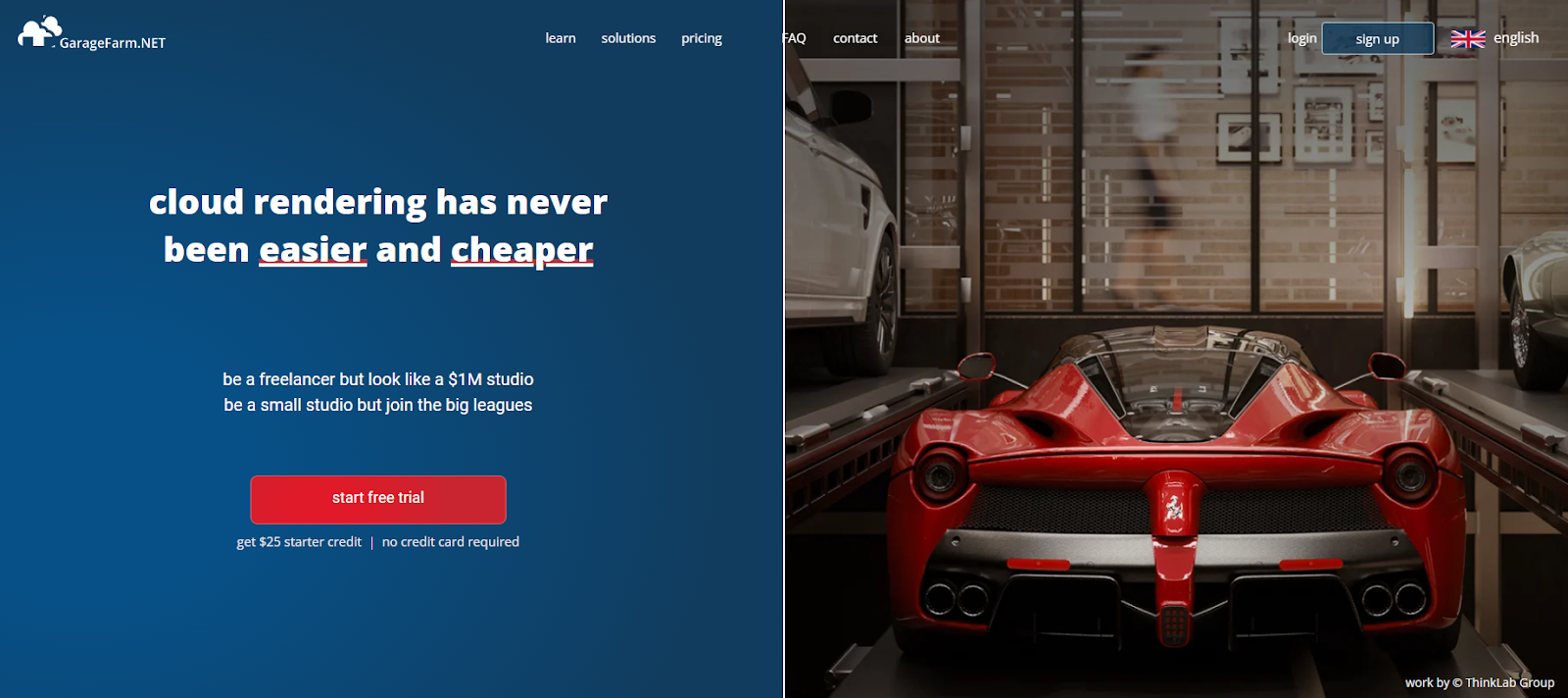
Render farm services have become (and still are) an indispensable tool for 3D artists.. Rendering high-resolution frames for animation and visual effects is a resource-intensive process, requiring massive CPU and GPU power that is beyond the capabilities of a single workstation. Render farm services address this problem by providing on-demand access to a large network of servers and GPU cards, delivering the massive parallel processing power needed to render scenes quickly. 3D artists simply upload their projects to a render farm service and have the frames distributed across hundreds or thousands of servers simultaneously. This results in a massive speed up, allowing animators and VFX artists to cut rendering times from days or weeks down to hours, granting them the flexibility and turnaround needed to meet aggressive deadlines.
Automating the Future of 3D Modeling with AI
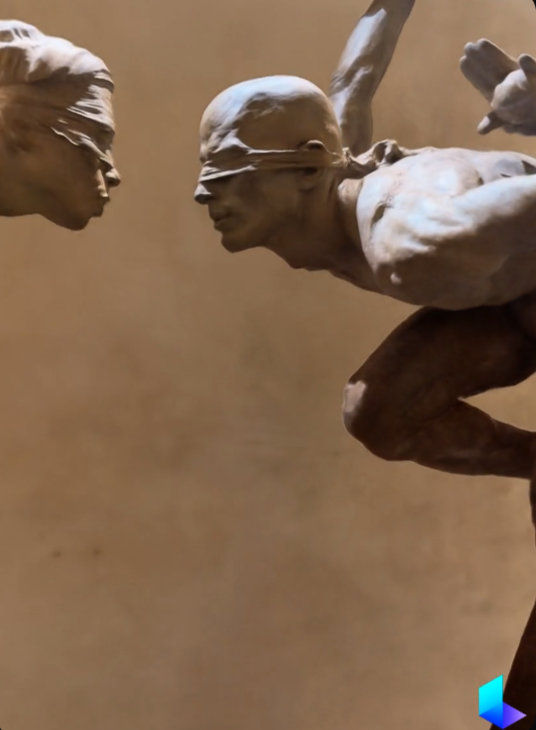
One of the biggest impacts we are seeing from AI is in the automation of 3D modeling. Powerful neural networks are now capable of extrapolating 3D forms from reference photos or even generating models based on text descriptions. This is supercharging model creation.
Tools like LumaAI are using deep learning to analyze videos of objects and generatively grow 3D models that match the references. With some cleanup work, artists can have basic model shapes in minutes. For character models, Reallusion’s Headshot 2 for Character Creator enables a workflow that can generate an AI portrait and turn it into a full 3d character matching the subject. This raw model can still be procedurally altered or stylized, but it provides an amazing head start, if you’ll forgive the pun. Even more advanced AI model generation tools leverage NLP or natural language processing to interpret text prompts and translate them into 3D model output. GET3D is one example using NLP to analyze text descriptions of objects and generate matching 3D models. NVIDIA’s upcoming Magic3D tool allows generating a wide range of organic and inorganic 3D mesh models simply by providing the AI with text prompts. Over time, these AI model generators will become incredibly sophisticated.
Revolutionizing Textures with AI
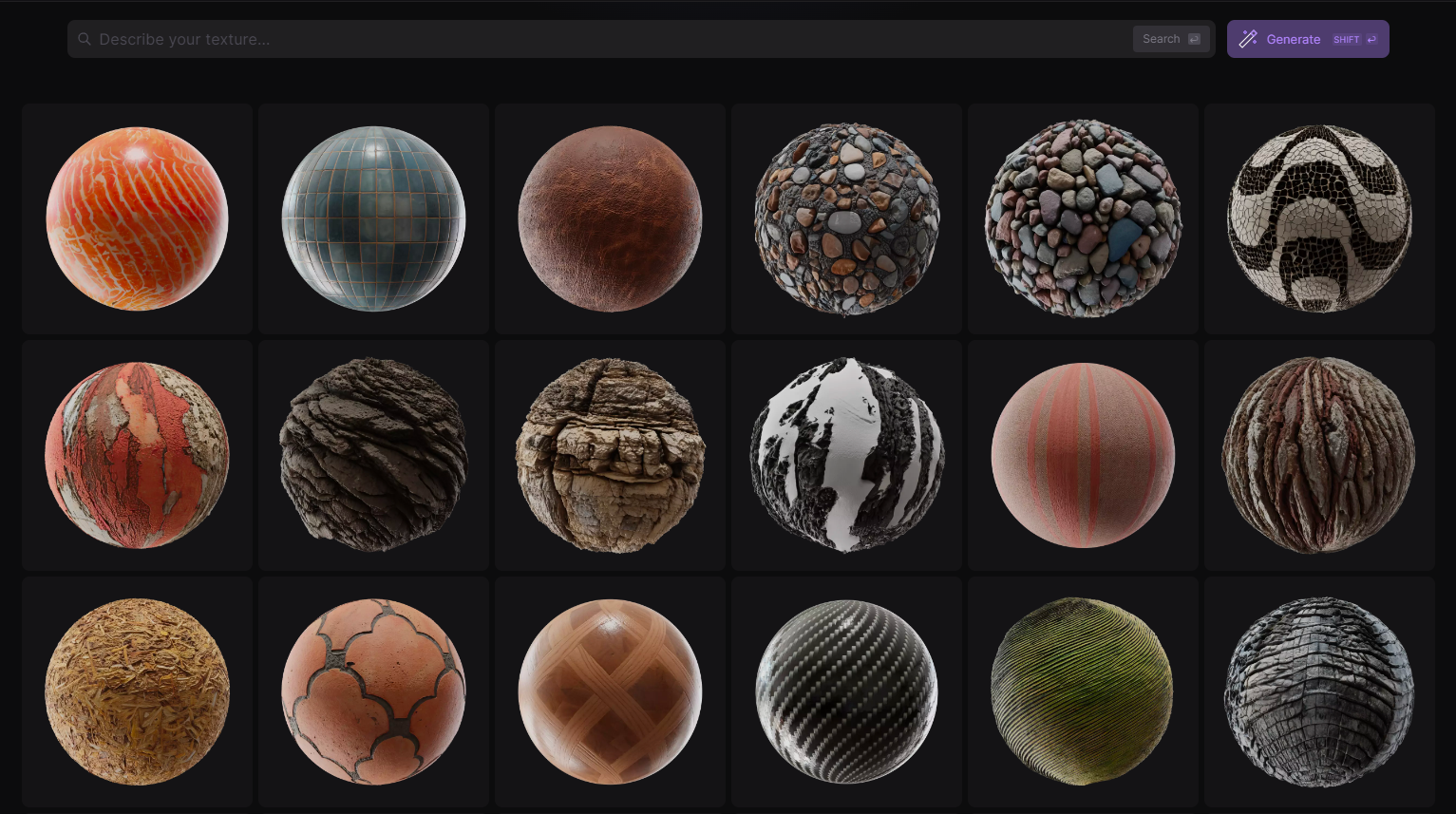
Beyond 3D geometry, AI is also making huge strides in automating texture creation. Tools like Poly can generate a vast array of smart textures for surfaces, materials and environments. Users can specify texture types like fabric, wood, granite, metal, liquids and more.Taking it a step further, Poly Infinity, the Premium version of Poly, can even create production-ready 8K resolution textures rivalling hand-painted quality. The textures have incredible fine detail and variation.
The Dawn of AI assisted Animation
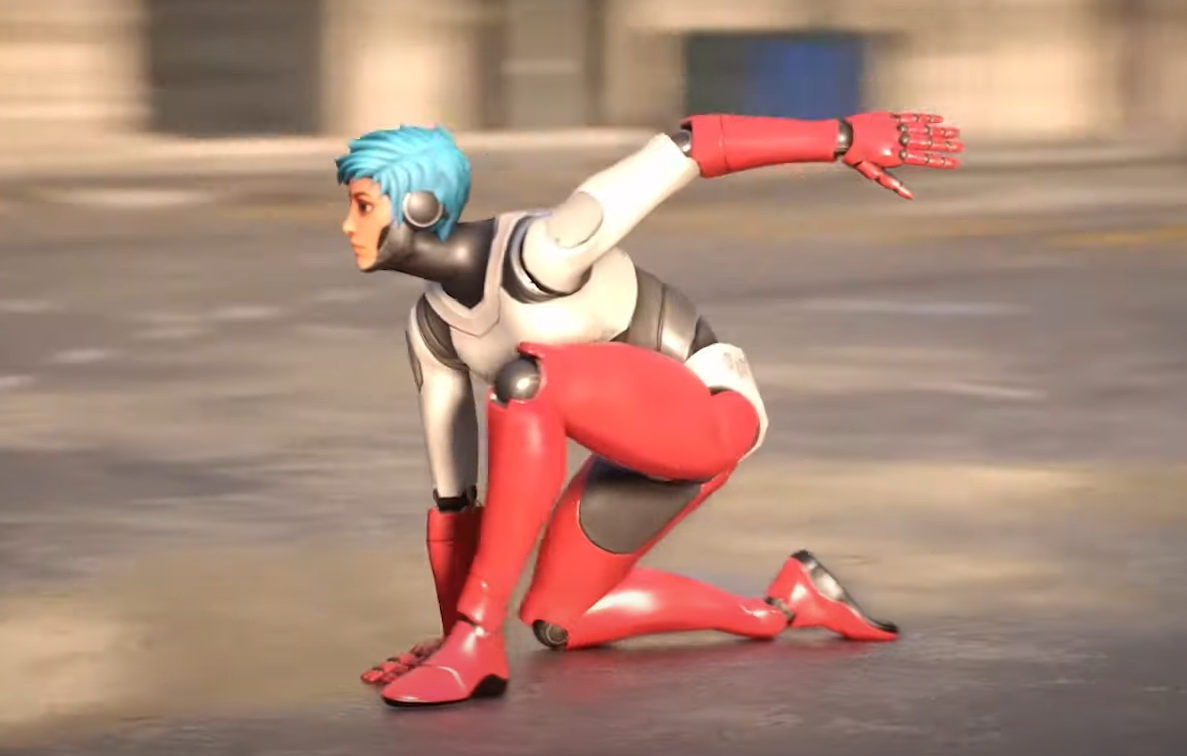
Generating models and textures is just the beginning. We are also seeing AI drive automation in animation.
Cascadeur leverages physics simulations and deep learning techniques to automate parts of the animation process that currently require a lot of manual effort. Their vision is that by handling the mechanical and repetitive aspects through technology, animators will be able to concentrate on the creative side of animation and produce work of higher quality and efficiency. Ultimately, Cascadeur hopes to shift animators’ work from routine tasks to the artistic and expressive facets of creating animation.AI animation assistants will only get smarter over time, allowing rapid iteration of motion studies.
Non-AI Developments: VR/AR, Motion Capture, Real-Time Rendering, Libraries
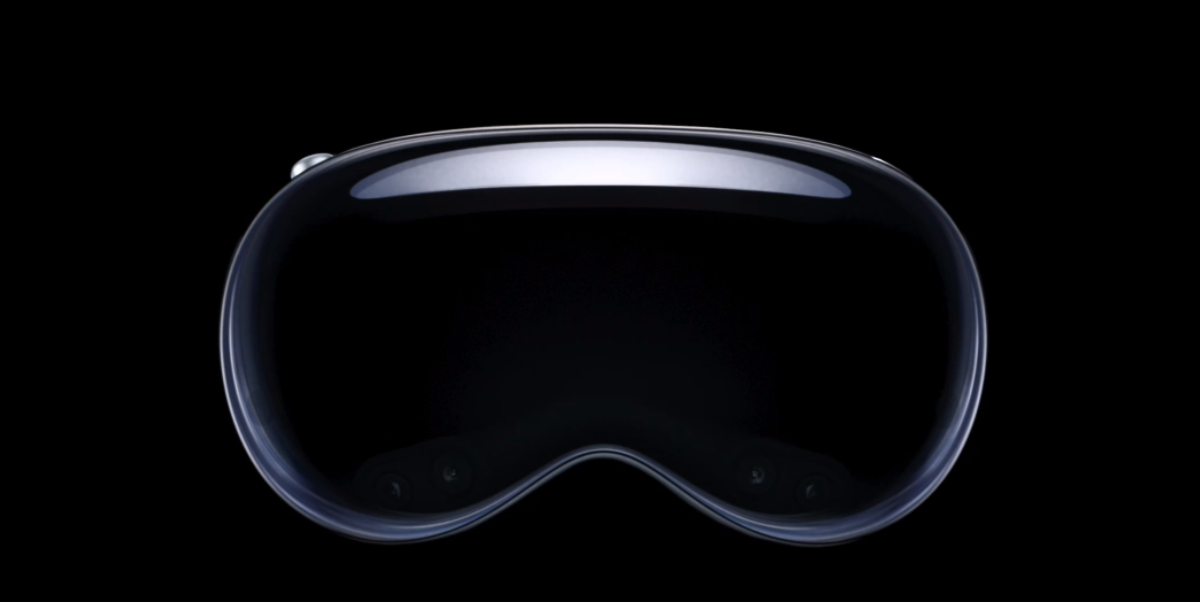
Stepping aside from AI, we are also seeing many key developments in more traditional technologies that are transforming workflows.
VR and AR tools for 3D modeling and sculpting continue to evolve. Working in virtual reality enables a more intuitive creative process with spatial immersion. Mixed reality headsets like the Hololens 2 or Vision Pro allow previewing digital objects in real-world contexts.
Sophisticated full body motion capture systems outfitted with machine learning are providing exponentially better data for animating realistic human motions, facial expressions and more. This benefits areas like digital humans, metaverse development and film VFX.
Unreal Engine 5 allows artists to interact and iterate in their scenes in real-time with ray-traced effects. This enables much faster turnarounds, and entire scenes can be ported to a DCC via Pixar’s Universal Scene Description (USD) file format for a final render on an artist’s preferred offline renderer.
Ever-growing material and objects libraries are also emerging. Resources like Quixel Megascans or Adobe’s Substance 3D now provide easy access to hundreds of thousands of high fidelity materials and assets to populate scenes.
Looking Ahead
The pace of advancement across both AI and more traditional technologies signals an extremely bright future for 3D artists. To stay ahead of the curve, 3D creatives need to continually assess and incorporate these emerging tools into their pipelines.
With these ever-evolving AI and non-AI tools, 3D artists have an incredible opportunity to elevate their workflows and focus more on the creative aspects. We are entering a new golden age of 3D art empowered by technology. Artists who embrace these tools will be able shape astonishing virtual worlds.

